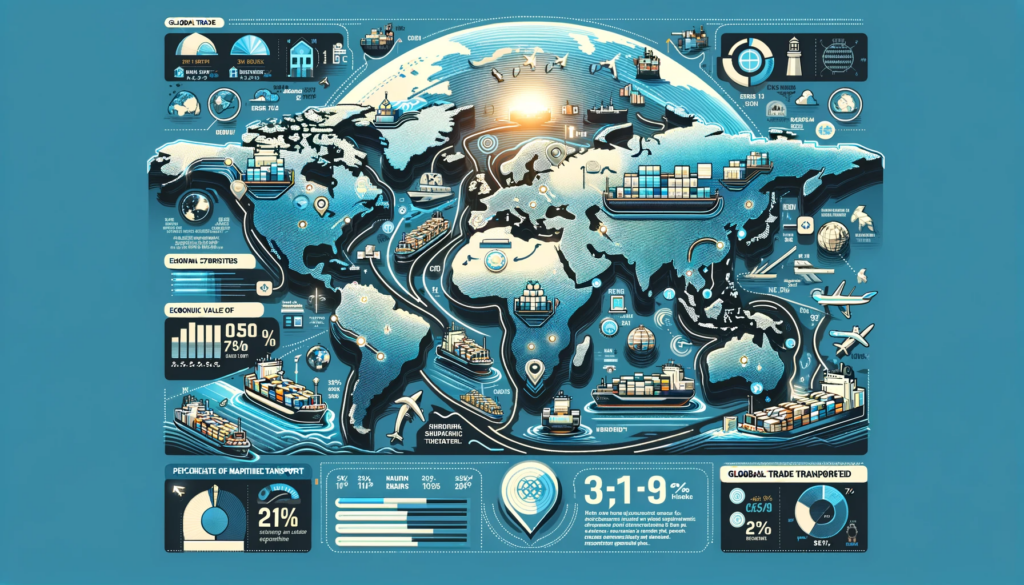The Critical Role of Transportation in Global Shipping Routes
In the complex tapestry of global commerce, the threads of transportation and trade routes are intricately woven together. This article delves into the crucial role of transportation in shaping global trade, emphasizing the significance of shipping routes as the lifelines of international commerce.

Major Shipping Routes: Lifelines of International Commerce
At the heart of global trade lie major shipping routes like the Suez Canal, Panama Canal, and the Strait of Malacca. These waterways are more than just passages; they are bustling highways of commerce, facilitating the seamless movement of goods across continents. The Suez Canal, connecting the Mediterranean Sea with the Red Sea, serves as a critical shortcut for ships traveling between Europe and Asia, significantly reducing transportation costs and time. Similarly, the Panama Canal links the Atlantic and Pacific Oceans, making it a pivotal route for maritime trade.
The Economic Impact of Shipping Lanes
The economic significance of these maritime routes cannot be overstated. They are the arteries through which the lifeblood of the global economy flows. Major ports along these shipping lanes serve as hubs of economic activity, supporting millions of jobs and contributing substantially to the GDPs of their respective countries. The seamless operation of these routes is crucial for maintaining the stability and growth of global markets.
Ocean Shipping: A Major Mode of Global Transportation
Ocean shipping stands as the dominant mode of transportation in global trade. The busiest shipping lanes, such as those in the Indian Ocean and the Atlantic, are bustling with vessels carrying everything from crude oil to consumer goods. This network of ocean routes facilitates international trade, connecting distant markets and enabling the exchange of a diverse range of products.
The Strategic Importance of Specific Waterways
Certain waterways hold strategic importance due to their location and the volume of traffic they handle. The Red Sea, for instance, is a vital route for oil shipments from the Middle East to Europe and North America. The Indian Ocean, bordered by Asia, Africa, and Australia, serves as a crucial pathway for the transport of raw materials and manufactured goods. These waterways are not just shipping routes; they are pivotal in shaping geopolitical and economic landscapes.
Maritime Trade and Its Challenges
Maritime trade, while essential, is not without its challenges. Issues like piracy, political conflicts in key regions, and the threat of climate change pose significant risks. Moreover, the shipping industry is a major contributor to global emissions, and there is a growing need to balance economic interests with environmental sustainability. Efforts are underway to reduce emissions and make maritime transportation more eco-friendly.
The Future of Global Shipping and Trade Routes
The landscape of global shipping is constantly evolving. Technological advancements are shaping the future of maritime trade, with innovations in vessel design, navigation, and logistics playing a crucial role. As the global economy grows and changes, so too will the routes that support it, adapting to new demands and challenges.
Conclusion: The Vital Role of Transportation in World Trade
The interconnectedness of our world is significantly upheld by these shipping routes and transportation networks. They are not just conduits for goods; they are connectors of cultures, economies, and people. In navigating the waves of commerce, the role of transportation in global shipping routes emerges as both vital and transformative, underscoring the essence of connectivity in our modern world.

